Switch to Solar Power Energy: 5 Compelling Economic and Environmental Reasons
Switching to solar power energy offers numerous economic and environmental benefits.
Here are five compelling reasons to consider making the transition:
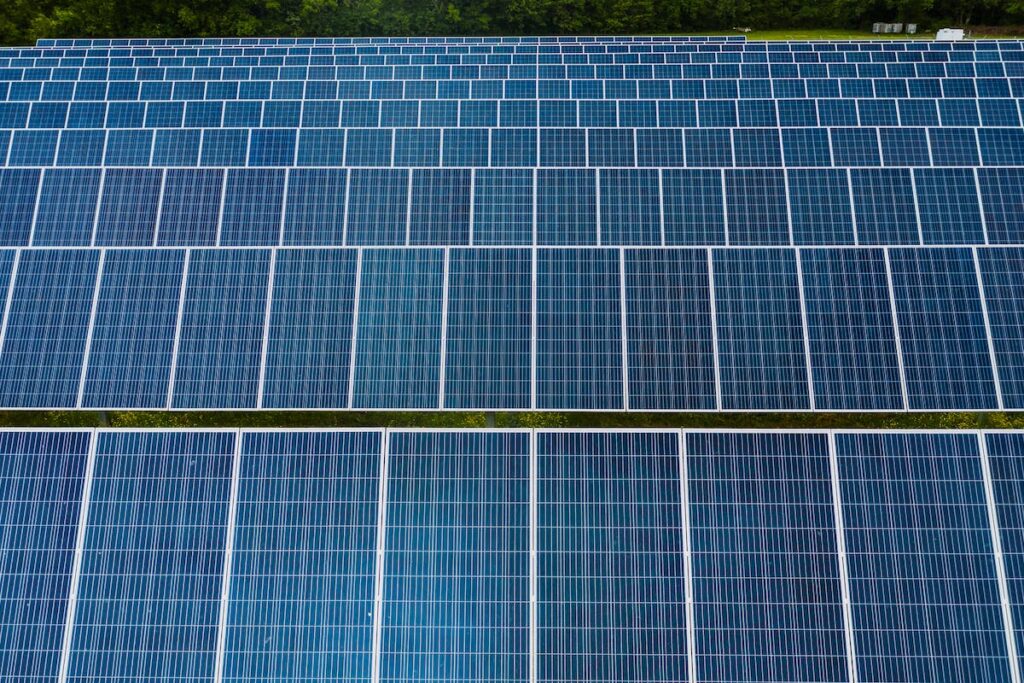
- Cost Savings:
- Reduced Energy Bills: Installing solar panels on your property allows you to generate your own electricity, reducing your reliance on the grid. Over time, this can lead to significant cost savings on your energy bills.
- Return on Investment (ROI): While the initial investment for solar panel installation may seem high, the long-term returns can be substantial. Many solar systems have a relatively quick payback period, and once the initial cost is covered, you can enjoy essentially free electricity for the remainder of the system’s lifespan.
- Environmental Impact:
- Clean and Renewable Energy: Solar power is a clean and renewable energy source that produces electricity without emitting harmful pollutants or greenhouse gases. By harnessing the power of the sun, you contribute to reducing air pollution and combating climate change.
- Carbon Footprint Reduction: Solar energy systems have a minimal carbon footprint compared to traditional fossil fuels. Using solar power helps decrease your overall carbon emissions, promoting a more sustainable and environmentally friendly energy model.
- Incentives and Tax Benefits:
- Government Incentives: Many governments offer financial incentives and rebates to encourage the adoption of solar power. These incentives can significantly offset the initial costs of installing solar panels, making the transition more economically viable.
- Tax Credits: In various countries, there are tax credits available for individuals and businesses that invest in solar energy. These tax benefits further enhance the financial attractiveness of solar power installations.
- Energy Independence:
- Reduced Reliance on Fossil Fuels: Solar power reduces dependence on finite fossil fuels, which are subject to price fluctuations and geopolitical uncertainties. By generating your own electricity from the sun, you contribute to energy security and independence.
- Grid Stability: Distributed solar power systems contribute to a more resilient and stable energy grid. The decentralization of energy production can enhance the overall reliability of the electricity supply.
- Increased Property Value:
- Higher Resale Value: Homes and businesses equipped with solar panels often have higher resale values. Potential buyers are attracted to properties with lower energy costs and a reduced environmental impact.
- Market Demand: As environmental awareness increases, the demand for properties with sustainable features, including solar installations, is likely to grow. Investing in solar power can make your property more attractive in a competitive real estate market.
By considering the economic advantages, environmental benefits, incentives, energy independence, and potential increases in property value.
Transitioning to solar power energy becomes a compelling and sustainable choice for individuals and businesses alike.
10 Major Leading Global Provider of Comprehensive Solar System Products
- First Solar (USA): First Solar is a leading global provider of comprehensive photovoltaic (PV) solar systems. They are known for their thin-film solar modules and utility-scale solar projects.
- SunPower Corporation (USA): SunPower is a US-based company specializing in high-efficiency solar panels and solar energy solutions for residential, commercial, and utility-scale projects.
- JinkoSolar (China): JinkoSolar is one of the largest and most prominent solar panel manufacturers globally. Based in China, the company produces solar products for both residential and commercial applications.
- Canadian Solar (Canada): Canadian Solar is a major player in the solar industry, providing a wide range of solar products, including solar modules, systems, and services. The company operates globally.
- Trina Solar (China): Trina Solar is a Chinese solar energy company that focuses on the development, manufacturing, and sale of both monocrystalline and multicrystalline solar modules.
- JA Solar (China): JA Solar is a Chinese solar cell and module manufacturer, known for producing high-performance solar products for residential, commercial, and utility-scale applications.
- Hanwha Q Cells (South Korea): Hanwha Q Cells is a South Korean company that manufactures and sells solar cells and modules. They are recognized for their advanced solar technologies and products.
- Risen Energy (China): Risen Energy is a Chinese company engaged in the research, development, production, and sales of solar cells and modules. They operate globally and are known for their high-quality products.
- LONGi Solar (China): LONGi Solar is a Chinese company specializing in the production of monocrystalline solar cells and modules. They are among the leading manufacturers in the monocrystalline segment.
- Enel Green Power (Italy): Enel Green Power is the renewable energy subsidiary of the Italian multinational energy company Enel. They are involved in the development, construction, and operation of solar, wind, geothermal, and other renewable energy projects globally.
Please note that the solar industry is dynamic, and the rankings and prominence of companies can change.
It’s advisable to check the latest industry reports and updates for the most current information on major solar power companies.
Key Solar Power Energy Components to Install in Your homes for Maximum Impact
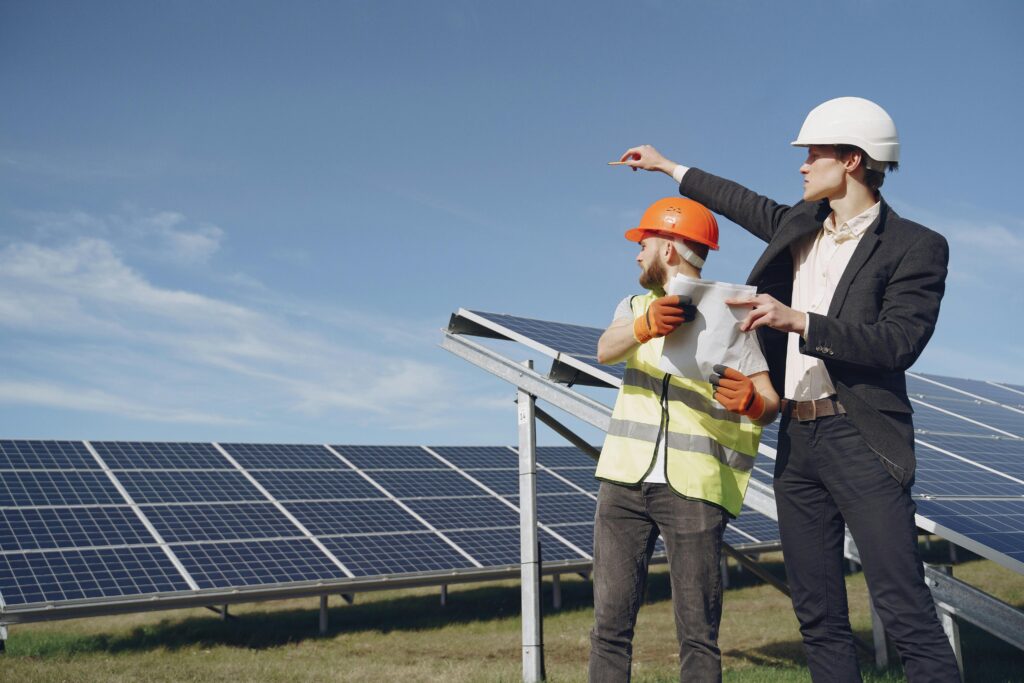
To maximize the impact of solar power in homes, it’s essential to design and install a comprehensive solar energy system. Here are the key components you should consider:
- Solar Panels:
- Photovoltaic (PV) Panels: These panels convert sunlight into electricity. Monocrystalline and polycrystalline panels are common types, each with its efficiency and cost characteristics. Consider the available space, budget, and efficiency when choosing panels.
- Inverter:
- Solar Inverter: Converts direct current (DC) electricity generated by solar panels into alternating current (AC) electricity used in homes. There are string inverters, microinverters, and power optimizers. Microinverters and power optimizers can enhance system performance, especially in partially shaded conditions.
- Mounting and Racking System:
- Solar Mounting System: Provides structural support for solar panels and ensures proper orientation and tilt for maximum sunlight exposure. Roof-mounted and ground-mounted systems are common options.
- Battery Storage (Optional):
- Solar Batteries: Store excess electricity generated during the day for use during periods of low sunlight or at night. Batteries enhance energy independence and provide backup power during grid outages.
- Charge Controller (for Off-Grid Systems):
- Solar Charge Controller: Regulates the flow of electricity from solar panels to batteries, preventing overcharging and ensuring the longevity of the battery storage system.
- Monitoring System:
- Solar Monitoring System: Allows homeowners to track the performance of their solar energy system in real-time. Monitoring systems provide insights into energy production, consumption, and system health.
- Net Meter (for Grid-Tied Systems):
- Net Meter: Measures the electricity your solar system generates and feeds back into the grid. In many regions, surplus energy can be credited or sold back to the utility, reducing or eliminating electricity bills.
- Electrical Panel/Service Panel Upgrade:
- Electrical Panel: Ensure that your electrical panel can accommodate the additional electricity generated by the solar system. Upgrading the panel may be necessary to handle the increased load.
- Power Optimizers (for String Inverter Systems):
- Power Optimizers: If using a string inverter, power optimizers can be installed to mitigate the impact of shading or panel mismatch issues, optimizing the performance of each panel individually.
- Electric Vehicle (EV) Charging Station (Optional):
- EV Charger: If you own an electric vehicle, consider installing an EV charging station powered by your solar system. This can further reduce your reliance on grid electricity.
- Energy-Efficient Appliances and Lighting:
- Energy-Efficient Devices: Consider upgrading to energy-efficient appliances and LED lighting to maximize the impact of your solar system by reducing overall electricity consumption.
When planning a solar power installation for your home, it’s crucial to conduct a thorough energy audit, assess your energy needs.
And work with experienced professionals to design a system tailored to your requirements.
Additionally, local regulations, incentives, and rebates should be considered to optimize the economic benefits of your solar power investment.
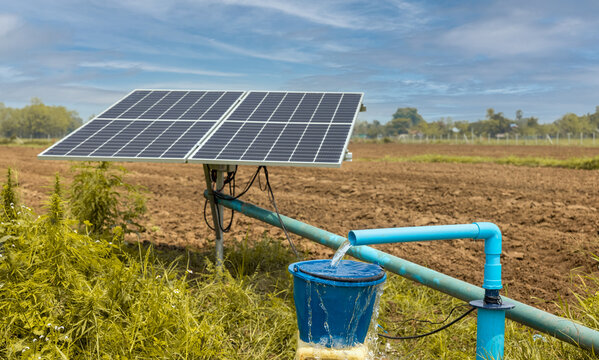
Solar-friendly electrical appliances
Solar-friendly electrical appliances are designed to be energy-efficient, allowing them to operate optimally when powered by solar panels.
These appliances help maximize the benefits of a solar energy system by reducing overall electricity consumption.
Here are some examples of solar-friendly electrical appliances:
- LED Lighting:
- Energy-Efficient Bulbs: LED bulbs consume significantly less energy than traditional incandescent bulbs. They are a great choice for lighting in homes powered by solar energy.
- Solar Water Heaters:
- Solar Water Heating Systems: These systems use the sun’s energy to heat water for domestic use. They complement solar power systems by reducing the need for electricity to heat water.
- Energy-Efficient HVAC Systems:
- High SEER Air Conditioners: HVAC systems with a high Seasonal Energy Efficiency Ratio (SEER) are more energy-efficient, reducing the demand for electricity from the grid.
- Energy Star Appliances:
- Energy Star-Certified Products: Appliances with the Energy Star label meet strict energy efficiency guidelines set by the U.S. Environmental Protection Agency (EPA). This includes refrigerators, washing machines, dishwashers, and more.
- Solar-Powered Chargers:
- Solar Phone Chargers: These chargers use solar panels to convert sunlight into electricity to charge mobile devices, making them ideal for off-grid or outdoor use.
- Energy-Efficient Refrigerators:
- Appliances with Inverter Technology: Refrigerators with inverter compressors adjust their speed based on the cooling requirements, improving efficiency and reducing energy consumption.
- Solar Ovens:
- Solar-Powered Ovens: These appliances use solar energy to cook food. They are particularly useful in areas with abundant sunlight and can be a sustainable alternative to conventional ovens.
- Solar-Friendly Electronics:
- Low-Power Electronics: Devices such as low-power laptops, tablets, and energy-efficient desktop computers are better suited for solar-powered homes.
- DC-Powered Appliances:
- Direct Current (DC) Appliances: Some appliances are designed to run on DC power directly from solar panels or batteries, bypassing the need for an inverter. Examples include DC refrigerators and DC fans.
- Solar Water Pumps:
- Solar-Powered Water Pumps: For homes with well water or irrigation needs, solar water pumps can be an efficient and sustainable solution, directly powered by solar panels.
- Efficient Home Insulation and Cooling Systems:
- Insulation and Ventilation Systems: Improving home insulation and using efficient ventilation systems can reduce the need for cooling and heating, thus lowering overall energy consumption.
- Smart Thermostats:
- Programmable and Smart Thermostats: These devices allow homeowners to control and schedule their heating and cooling systems, optimizing energy use based on occupancy and preferences.
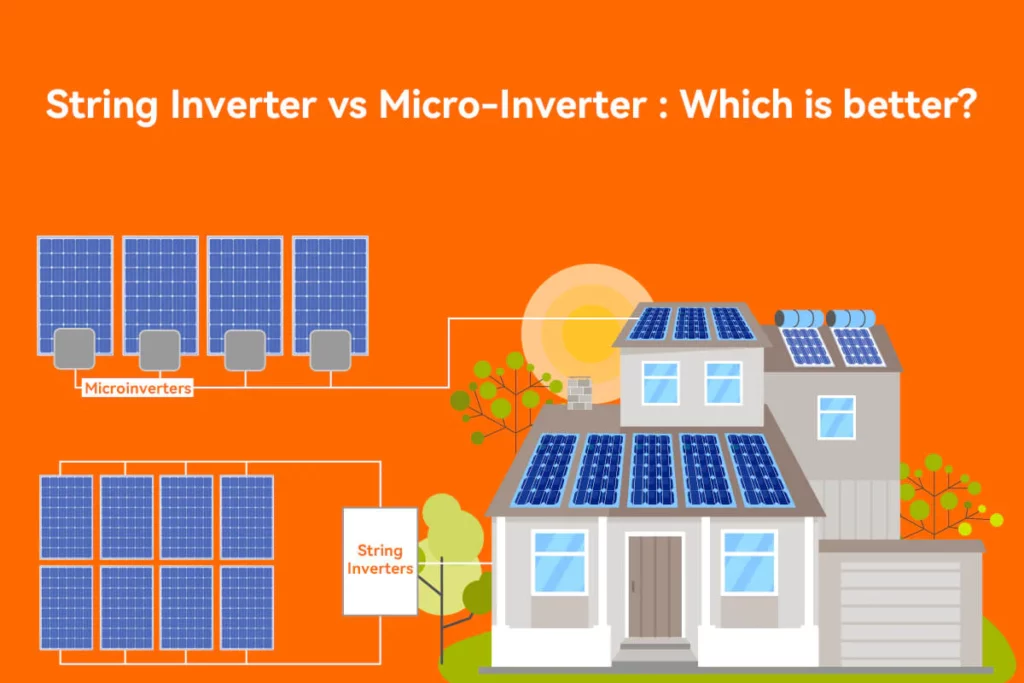
When choosing solar-friendly appliances, it’s essential to look for the Energy Star label or other energy efficiency certifications.
Additionally, considering the compatibility of appliances with DC power systems and optimizing overall energy consumption through efficient practices can further enhance the sustainability of a solar-powered home.
The lifespan of solar power energy systems
The lifespan of solar power energy systems primarily depends on the components used, the quality of installation, and ongoing maintenance. Here’s a breakdown of the typical lifespan for key components:
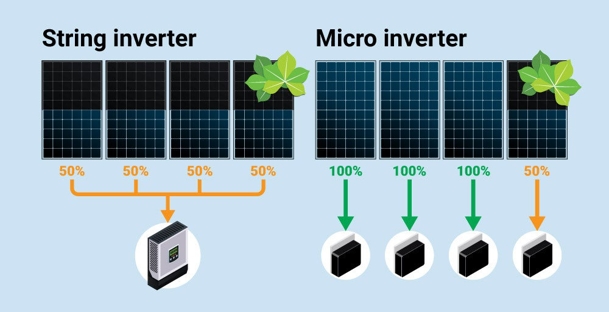
- Solar Panels:
- Generally 25-30 Years: Most solar panels are designed to last for 25 to 30 years or more. The industry standard warranty often guarantees a certain level of performance (typically 80% or more) after 25 years.
- Inverters:
- 10-15 Years (String Inverters), 20-25 Years (Microinverters): String inverters, which are commonly used in solar installations, typically have a lifespan of 10 to 15 years. Microinverters, on the other hand, often come with warranties ranging from 15 to 25 years.
- Batteries (if included):
- 5-15 Years: The lifespan of solar batteries varies widely depending on the type (lead-acid, lithium-ion, etc.), usage patterns, and maintenance. Lithium-ion batteries commonly used in residential solar installations may last between 10 and 15 years or more.
- Mounting and Racking Systems:
- 25-30 Years: These structural components are designed to withstand environmental conditions and typically have a lifespan in line with solar panels.
- Monitoring Systems:
- Lifetime of the Solar System: Monitoring systems, if well-maintained, can last as long as the solar panels and other components they are monitoring.
- Electrical Components (Wiring, Connectors, etc.):
- 25-30 Years: Properly installed and maintained electrical components can last as long as the solar panels and other system elements.
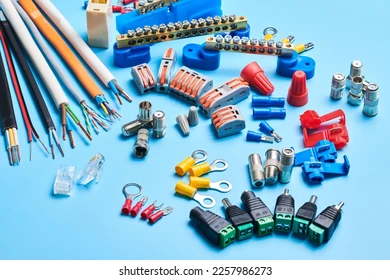
It’s important to note that while the components themselves have specific lifespans,
The overall system’s performance can be affected by various factors such as weather conditions, maintenance practices, and technological advancements.
Regular maintenance, such as cleaning panels and checking for any issues, can contribute to the longevity of the system.
Moreover, even after the warranty period, solar panels often continue to generate electricity, albeit at a slightly reduced efficiency.
Many solar installations remain operational well beyond their warranty periods, and some older systems have demonstrated their ability to produce electricity for several decades.
As technology continues to advance, future solar power systems may benefit from improvements in materials and design, potentially extending the overall lifespan and efficiency of solar energy systems.
CONCLUSION
In conclusion, embracing solar power energy represents a pivotal stride towards a sustainable and economically sound future.
The convergence of environmental stewardship and economic prudence positions solar energy as a transformative force in the global energy landscape.
As we delve into the robust rationale behind making this transition, it becomes abundantly clear why solar power is not merely a choice but a strategic imperative for individuals and businesses alike.
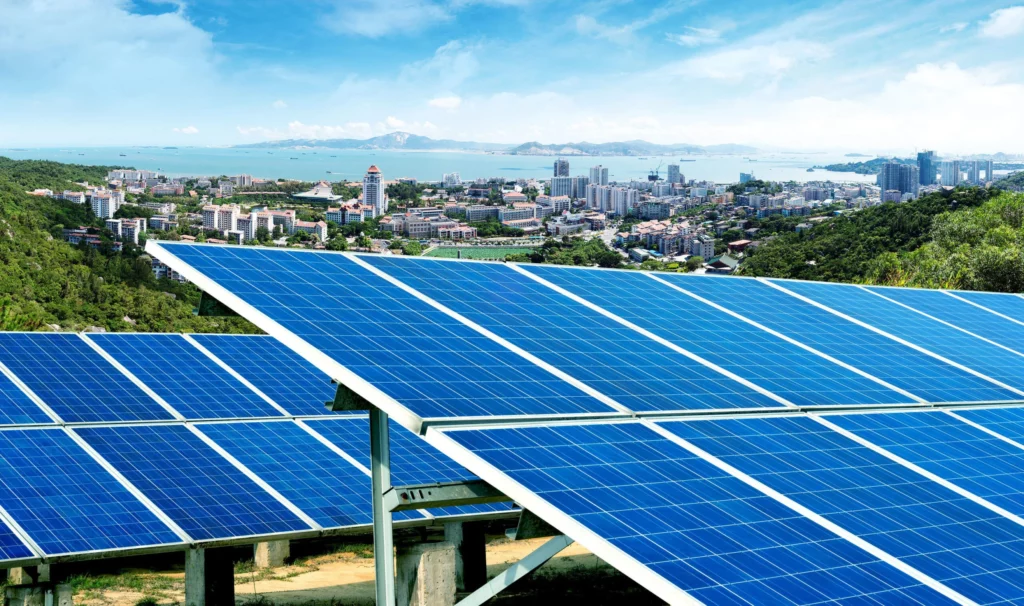
1. Cost Savings Leading to Financial Resilience: The economic merits of solar power extend far beyond initial investments.
With steadily diminishing installation costs, the long-term savings on energy bills emerge as a financial boon.
The prospect of a reduced reliance on conventional power sources shields consumers from the volatility of energy markets.
Fostering economic resilience in the face of unpredictable energy costs.
2. Environmental Guardianship through Clean, Renewable Energy: The environmental imperative to switch to solar power is grounded in the unparalleled eco-friendliness of this energy source.
Solar power generates electricity without emissions, mitigating air pollution and contributing significantly to the global fight against climate change.
By harnessing the sun’s energy, individuals and businesses become integral stewards of a sustainable, low-carbon future.
3. Government Incentives and Tax Benefits: Governments worldwide are actively incentivizing the adoption of solar power, offering an array of financial benefits and tax credits.
These incentives not only alleviate the initial installation costs but also underscore the collective commitment to fostering a renewable energy landscape.
By capitalizing on these programs, individuals and businesses can accelerate their transition to solar power with a prudent eye on economic gains.
4. Energy Independence for Stability and Security: Solar power introduces a paradigm shift by reducing dependence on finite fossil fuels, thereby enhancing energy independence.
Distributed solar systems contribute to grid stability, making energy sources more resilient to disruptions.
The decentralized nature of solar power generation fortifies the overall stability of energy grids, reducing vulnerabilities and fostering a more secure energy future.
5. Increased Property Value and Market Appeal: Investing in solar power is not just about lowering energy bills;
It’s an investment in the value of your property. Homes and businesses equipped with solar installations command higher resale values and attract environmentally conscious buyers.
As sustainability becomes a key consideration in real estate, a solar-powered property stands out, aligning with the values of a growing market segment.
In this transformative era, the decision to switch to solar power transcends a simple energy choice;
It becomes a declaration of commitment to a greener, more economically robust future.
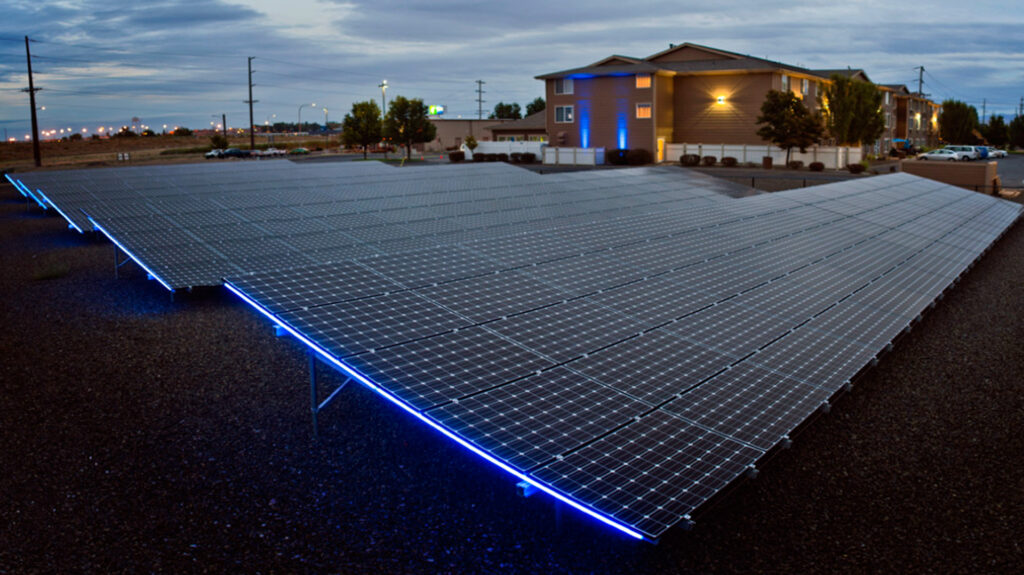
The convergence of cost savings, environmental responsibility, government incentives, energy independence.
And increased property value creates a compelling narrative for embracing solar power energy.
By making this shift, individuals and businesses not only secure immediate economic advantages.
But also contribute meaningfully to a more sustainable, resilient, and harmonious global energy landscape.
As we stand at the crossroads of progress, choosing solar power is not just a choice for today but an investment in a brighter, cleaner, and economically vibrant tomorrow.

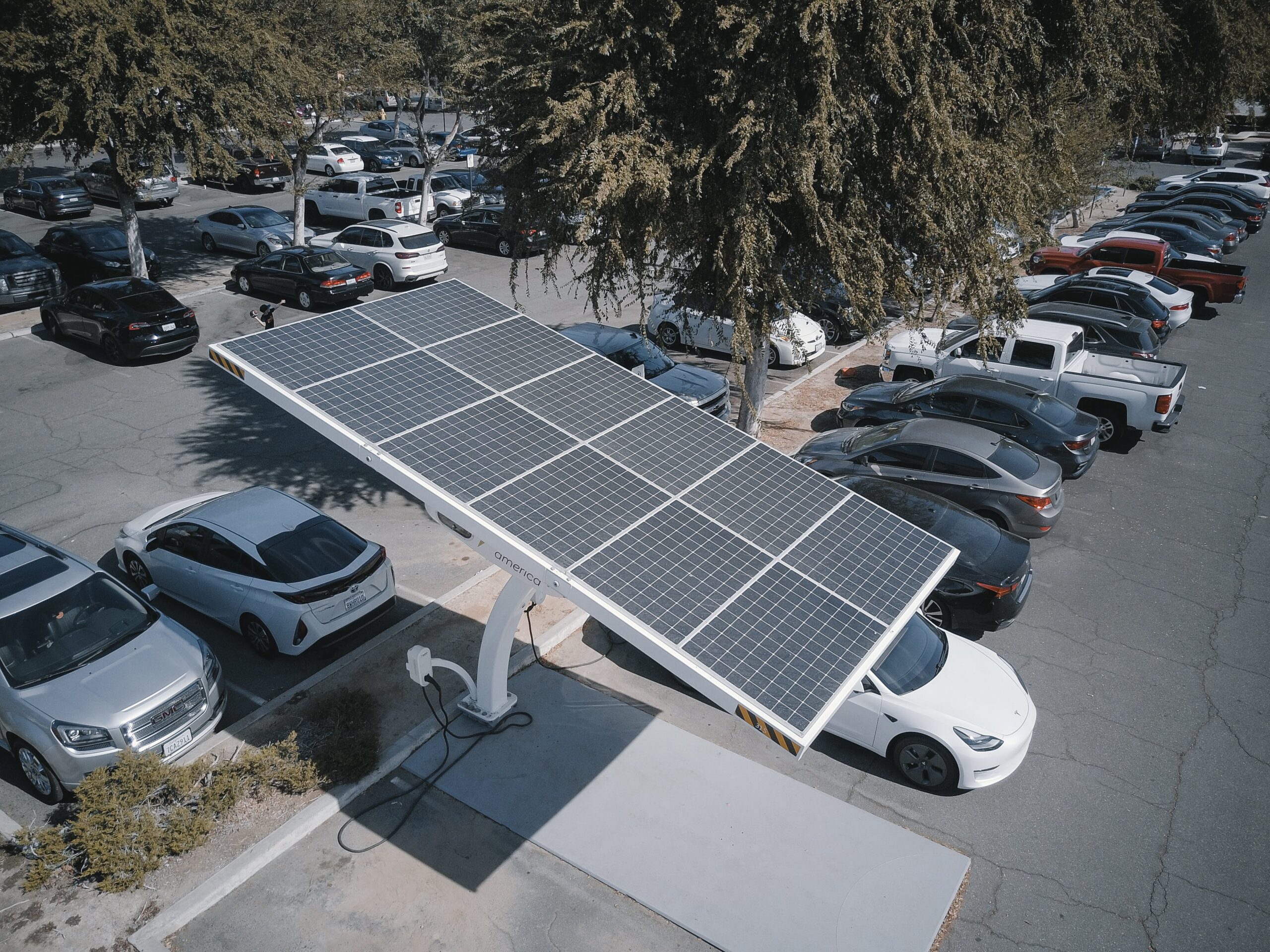
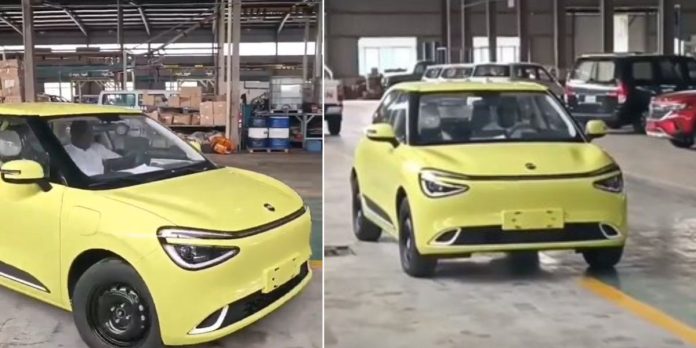

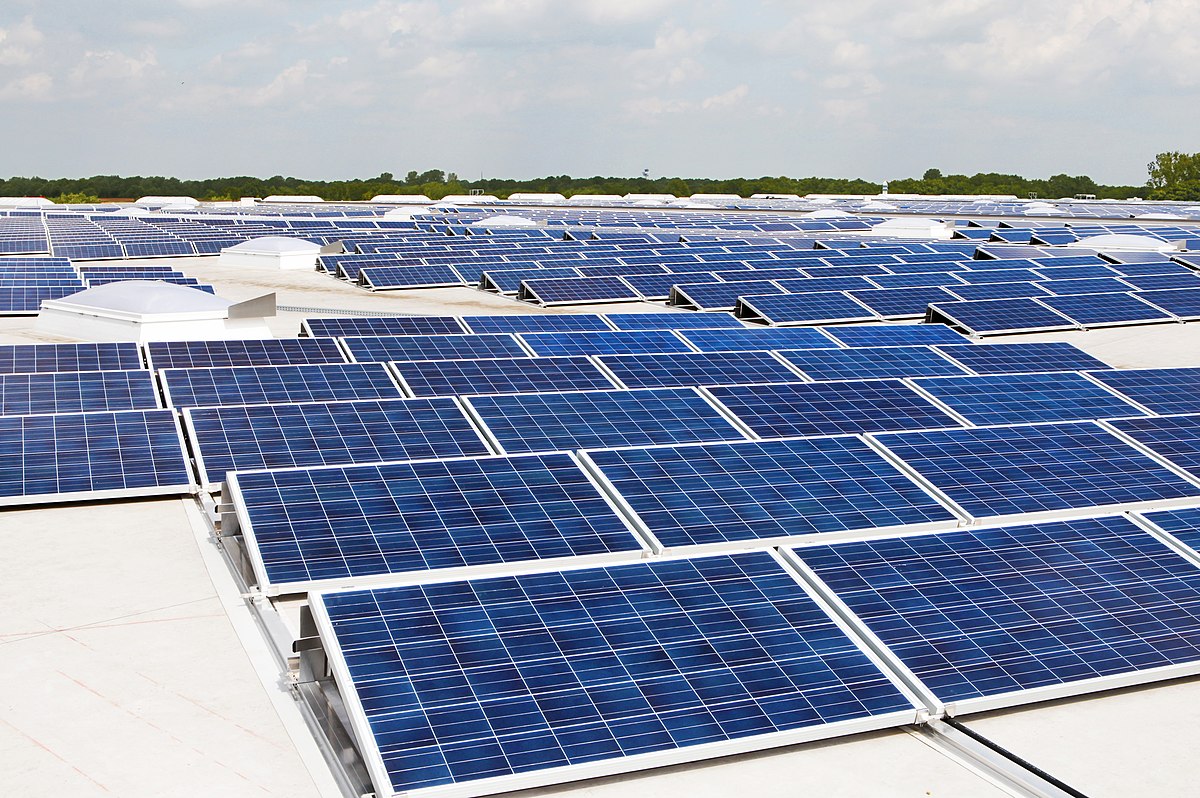
Leave a Reply